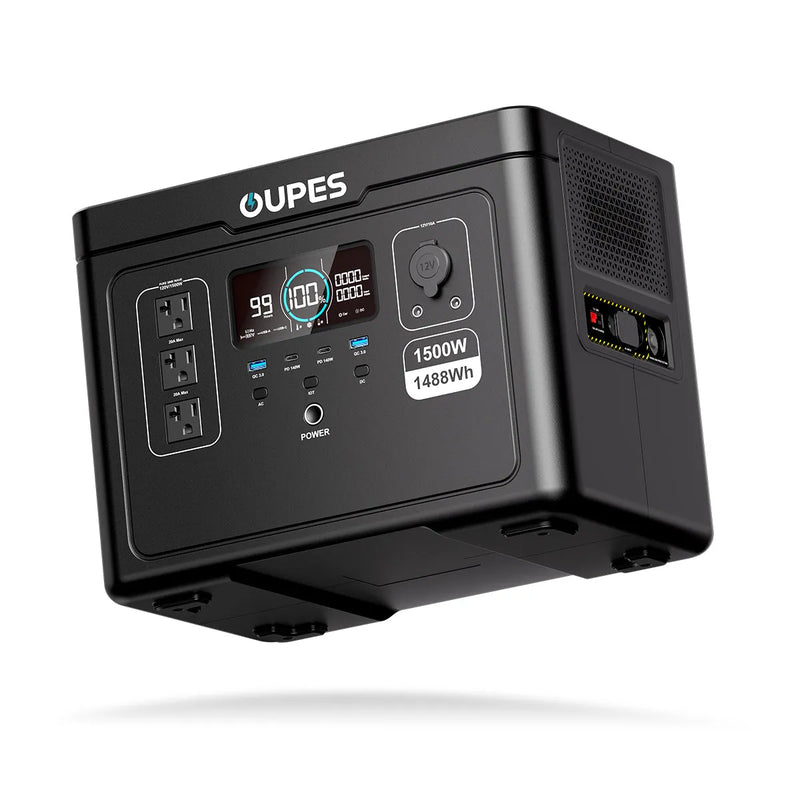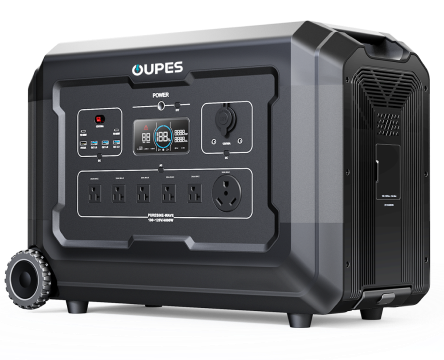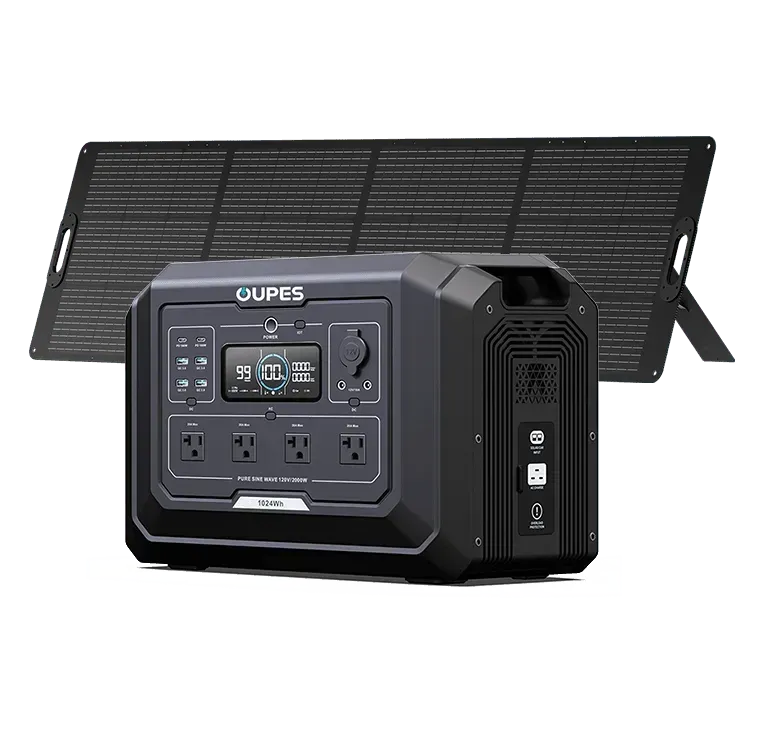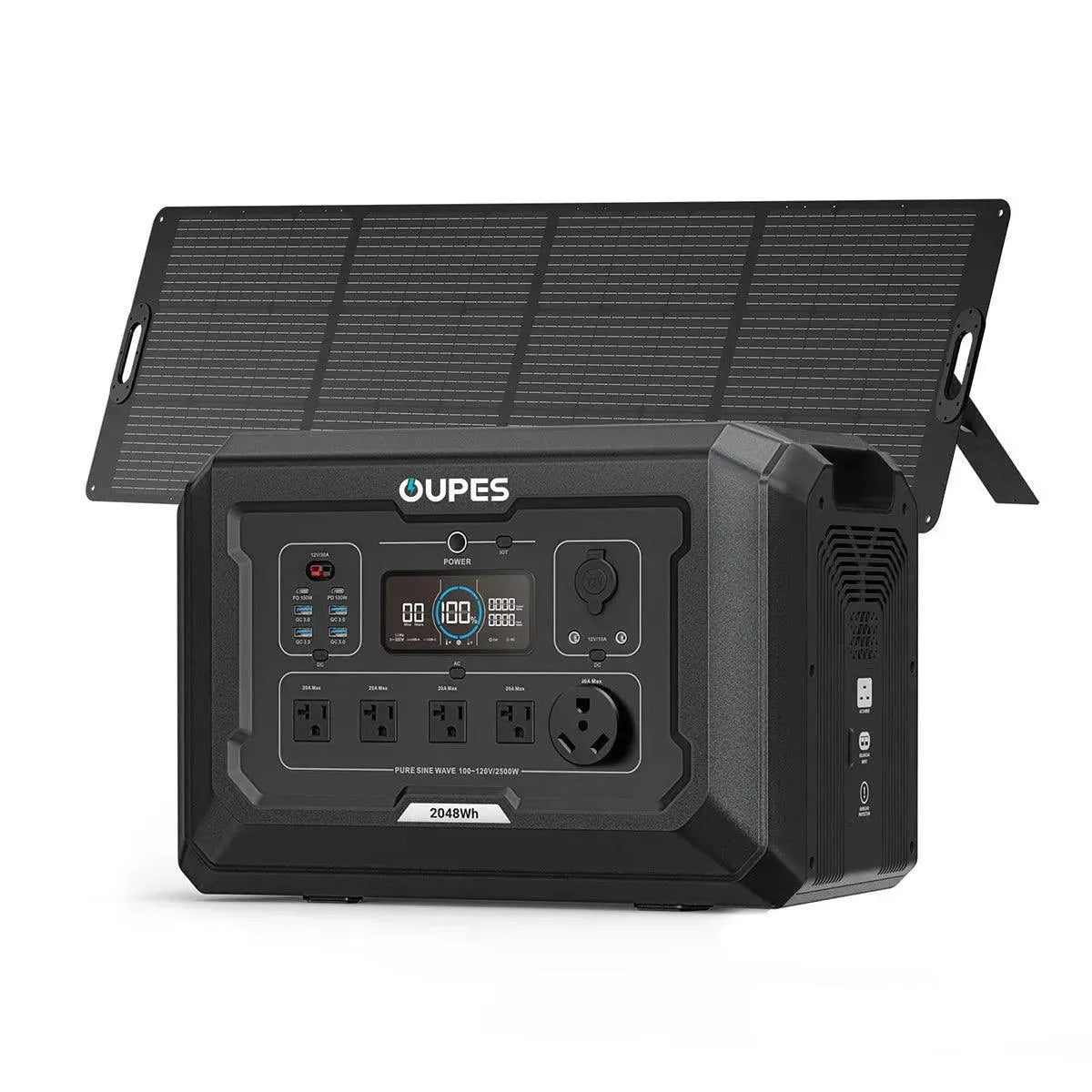
The convergence of solar power with traditional generators represents a comprehensive approach to home energy resilience. For many homeowners, the ultimate peace of mind comes from knowing they have a reliable power supply regardless of grid status or sunlight availability. The question isn't whether generators "work" with solar panels in a direct, plug-and-play fashion, but rather how they can be intelligently integrated into a cohesive home energy system to provide continuous power. This article explores the various ways traditional generators can complement solar panel installations, enhancing energy independence and backup capability.
The Role of a Generator in a Solar-Equipped Home
While solar panels harness clean, renewable energy from the sun, their output is inherently dependent on daylight and weather conditions. This is where a traditional fuel-powered generator can play a crucial backup role, especially in scenarios where grid power is unavailable or solar production is insufficient.
Why a Generator with Grid-Tied Solar?
Most residential solar panel systems are connected to the utility grid (grid-tied). For safety reasons, these systems are designed to shut down automatically during a power outage. This prevents your solar panels from "backfeeding" electricity onto the grid while utility workers are making repairs, which could be extremely dangerous. Therefore, if the grid goes down, your grid-tied solar panels will not power your home, even if the sun is shining.
In this common scenario, a generator steps in as a vital backup. When the power goes out, the generator can automatically start up, providing electricity to your home's essential circuits. This ensures that refrigerators, lights, medical devices, and communication systems remain operational until grid power is restored. The generator acts as a direct replacement for grid power, independent of your solar array's instantaneous output during an outage.
Integrating with Off-Grid Solar Systems
For homes completely independent of the utility grid (off-grid systems), a reliable energy storage solution (battery bank) is essential. However, even large battery banks can be depleted during extended periods of low solar input (e.g., several cloudy days, heavy snow cover) or unexpectedly high energy consumption. In these situations, a generator becomes an indispensable backup.
In an off-grid setup, the generator can be configured to:
- Recharge the Battery Bank: When the battery bank's charge level drops below a certain threshold, the generator can automatically start, charging the batteries until they reach a satisfactory level. This ensures your primary power source (solar + batteries) remains operational.
- Directly Power Loads: For very high energy demands that exceed the battery's instantaneous discharge capability, the generator can directly power specific appliances or the entire home.
This hybrid approach ensures continuous power, providing an added layer of security and allowing the off-grid system to ride through prolonged periods of insufficient solar production.
How Generators and Solar Systems Connect and Interact
Generators don't typically connect directly to solar panels. Instead, their interaction is managed through your home's electrical system and specialized components:
1. The Automatic Transfer Switch (ATS)
This is the most common and safest way to integrate a standby generator into a grid-tied or hybrid solar system. When the utility power fails, the ATS detects the outage and safely disconnects your home from the grid. Simultaneously, it signals the generator to start and then transfers your home's electrical load to the generator. When grid power is restored, the ATS automatically transfers the load back to the grid and shuts down the generator. Importantly, a properly installed ATS ensures that your solar panels remain isolated from the grid during an outage, adhering to safety regulations.
2. Smart Inverters and Battery Storage Systems
In modern solar installations with battery storage (hybrid systems), the inverter plays a central role in managing power flow. These "smart" or "hybrid" inverters can often integrate with a generator:
- Battery Charging: Some hybrid inverters are designed to accept AC input from a generator and use that power to charge the connected battery bank. This is a crucial feature for off-grid systems or grid-tied systems during extended outages when solar input is minimal.
- Load Management: The inverter, in conjunction with the battery management system, can prioritize power sources. For instance, it might use solar first, then battery power, and only engage the generator if both solar and battery power are insufficient.
This sophisticated integration allows for intelligent energy management, optimizing the use of solar power while retaining the generator as a reliable, automated backup.
Choosing the Right Generator for Solar Integration
If you're considering adding a generator to complement your solar panels, several factors come into play:
- Type of Generator:
- Standby Generators: These are permanently installed, automatically start during outages, and can run on natural gas or propane from a dedicated fuel line. They are ideal for whole-home backup and seamless integration with solar systems via an ATS.
- Portable Generators: These are manually operated, require refueling (gasoline, propane, diesel), and are suitable for powering a few essential circuits via an extension cord or a manual transfer switch. While less automated, they can still provide critical backup.
- Fuel Source: Natural gas, propane, diesel, or gasoline each have pros and cons regarding availability, storage, and emissions. Natural gas and propane are often preferred for standby units due to indefinite supply.
- Size (Wattage): The generator's output wattage must be sufficient to power the specific loads you intend to run. For charging batteries, ensure the generator's output matches the inverter/charger's input requirements.
- "Clean" Power Output: For sensitive electronics or efficient battery charging, a generator that produces "clean sine wave" power (like an inverter generator) is often preferred, as it minimizes voltage fluctuations that could harm electronics.
Conclusion: A Symbiotic Relationship
Generators and solar panels, while distinct power sources, can indeed work together in a highly effective symbiotic relationship. Solar panels provide clean, sustainable daily power and reduce reliance on the grid, while generators offer robust, on-demand backup for when the sun isn't shining or the grid goes down. For homes seeking ultimate energy security, the integration of a well-matched generator with a solar and battery storage system creates a resilient and reliable power solution that can weather almost any disruption, offering unparalleled peace of mind.




























